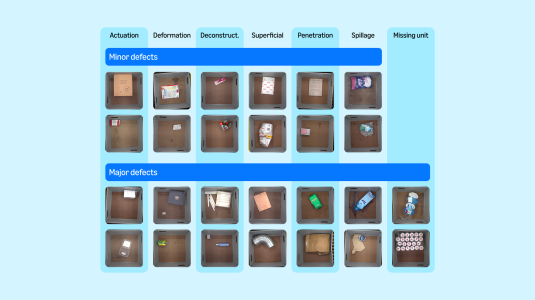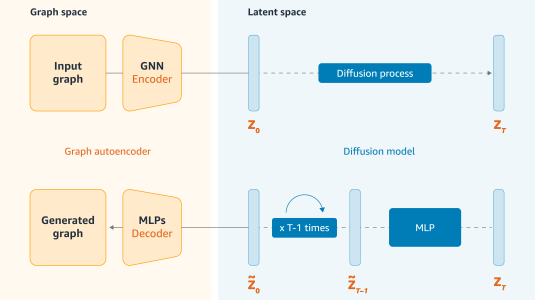Amazon Aurora DSQL is a serverless, distributed SQL database with virtually unlimited scale, highest availability, and zero infrastructure management. Aurora DSQL provides active-active high availability, providing strong data consistency designed for 99.99% single-Region and 99.999% multi-Region availability. Aurora DSQL automatically manages and scales system resources, so you don't have to worry about maintenance downtime and provisioning, patching, or upgrading infrastructure. As a Senior Applied Scientist, you will be expected to lead research and development in advanced query optimization techniques for distributed sql services. You will innovate in the query planning and execution layer to help Aurora DSQL succeed at delivering high performance for complex OLTP workloads. You will develop novel approaches to stats collection, query planning, execution and optimization. You will drive industry leading research, publish your research and help convert your research into implementations to make Aurora DSQL the fastest sql database for OLTP workloads. AWS Utility Computing (UC) provides product innovations — from foundational services such as Amazon’s Simple Storage Service (S3) and Amazon Elastic Compute Cloud (EC2), to consistently released new product innovations that continue to set AWS’s services and features apart in the industry. As a member of the UC organization, you’ll support the development and management of Compute, Database, Storage, Internet of Things (Iot), Platform, and Productivity Apps services in AWS, including support for customers who require specialized security solutions for their cloud services. Key job responsibilities Our engineers collaborate across diverse teams, projects, and environments to have a firsthand impact on our global customer base. You’ll bring a passion for innovation, data, search, analytics, and distributed systems. You’ll also: Solve challenging technical problems, often ones not solved before, at every layer of the stack. Design, implement, test, deploy and maintain innovative software solutions to transform service performance, durability, cost, and security. Build high-quality, highly available, always-on products. Research implementations that deliver the best possible experiences for customers. A day in the life As you design and code solutions to help our team drive efficiencies in software architecture, you’ll create metrics, implement automation and other improvements, and resolve the root cause of software defects. You’ll also: Build high-impact solutions to deliver to our large customer base. Participate in design discussions, code review, and communicate with internal and external stakeholders. Work cross-functionally to help drive business decisions with your technical input. Work in a startup-like development environment, where you’re always working on the most important stuff. About the team Our team is dedicated to supporting new members. We have a broad mix of experience levels and tenures, and we’re building an environment that celebrates knowledge-sharing and mentorship. Our senior members enjoy one-on-one mentoring and thorough, but kind, code reviews. We care about your career growth and strive to assign projects that help our team members develop your engineering expertise so you feel empowered to take on more complex tasks in the future. Diverse Experiences AWS values diverse experiences. Even if you do not meet all of the qualifications and skills listed in the job description, we encourage candidates to apply. If your career is just starting, hasn’t followed a traditional path, or includes alternative experiences, don’t let it stop you from applying. About AWS Amazon Web Services (AWS) is the world’s most comprehensive and broadly adopted cloud platform. We pioneered cloud computing and never stopped innovating — that’s why customers from the most successful startups to Global 500 companies trust our robust suite of products and services to power their businesses. Inclusive Team Culture Here at AWS, it’s in our nature to learn and be curious. Our employee-led affinity groups foster a culture of inclusion that empower us to be proud of our differences. Ongoing events and learning experiences, including our Conversations on Race and Ethnicity (CORE) and AmazeCon conferences, inspire us to never stop embracing our uniqueness. Work/Life Balance We value work-life harmony. Achieving success at work should never come at the expense of sacrifices at home, which is why we strive for flexibility as part of our working culture. When we feel supported in the workplace and at home, there’s nothing we can’t achieve in the cloud. Mentorship & Career Growth We’re continuously raising our performance bar as we strive to become Earth’s Best Employer. That’s why you’ll find endless knowledge-sharing, mentorship and other career-advancing resources here to help you develop into a better-rounded professional.

















